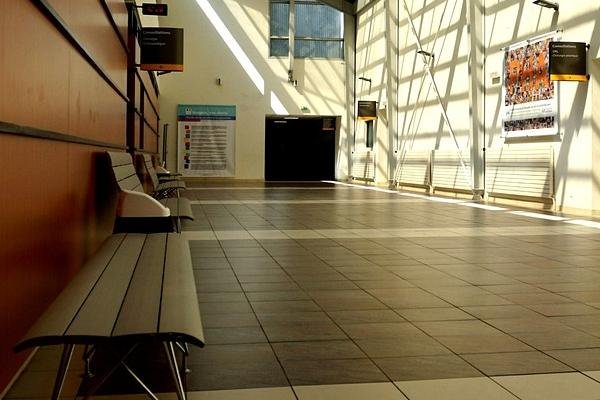Antimicrobial PVC is a game – changer in today’s world where safety and hygiene are paramount. This innovative material not only has a wide range of applications in different industries but also holds the power to change our everyday lives.
What is Antimicrobial PVC?
Antimicrobial PVC, also known as polyvinylchloride, is a form of polyvinylchloride that contains special antimicrobial additives designed to prevent the growth of microorganisms, such as bacteria, viruses, and fungi. These additives disrupt the cell membranes of microbes and their metabolic processes, preventing them from multiplying or surviving on the PVC surface. Its unique properties make it ideal for applications that require a sterile and clean environment.
Applications for Healthcare
The risk of pathogen transmission is always a concern in hospitals and clinics. In the manufacture of medical devices such as IV tubes, catheters, and hospital bed linings, antimicrobial PVC can be used. By reducing the microbial load on these surfaces, it helps to prevent healthcare – associated infections, safeguarding the health of both patients and medical staff. In a neonatal intensive – care unit where newborns’ immune systems are underdeveloped, the use of antimicrobial PVC can reduce the risk of infection. This provides a safer environment for the most vulnerable patients.
In Food Processing and Hospitality
Antimicrobial PVC is also very useful in the food industry. This material is used in cutting boards, food containers, and conveyor belts to prevent bacteria such as Salmonella and E. coli from growing. In restaurants and hotels, antimicrobial PVC is used to create a hygienic atmosphere. It not only meets food safety requirements but also improves the reputation and image of the establishment.
Building and Construction
Antimicrobial PVC can be incorporated into building products such as flooring, window blinds, and wallpapers to help create healthier indoor environments. These products are resistant to fungus, which is common in humid climates where mold growth can be a problem. They improve air quality and reduce the need for cleaning and maintenance. In public buildings such as schools and offices where many people touch surfaces, antimicrobial PVC helps to limit the spread and severity of common diseases. This leads to fewer days off work and higher productivity.
Future Prospects
As research and development continue, we can expect even more advanced antimicrobial PVC formulas that are both effective and long – lasting. Potential applications could include public transportation, where high – touch surfaces can be made antimicrobial to reduce the spread of infectious diseases. Antimicrobial PVC will play a greater role in the future as people become more aware of the importance and demand for cleanliness.
Antimicrobial PVC is a solution that can be used in many different settings to combat microbial growth. Its antimicrobial and versatile properties make it an ideal material for industries that are dedicated to maintaining high standards of hygiene and protecting public health. We look forward to seeing more innovations and expanding the uses of this material as technology advances, helping to create a cleaner and healthier world.


-300x210.jpg)
